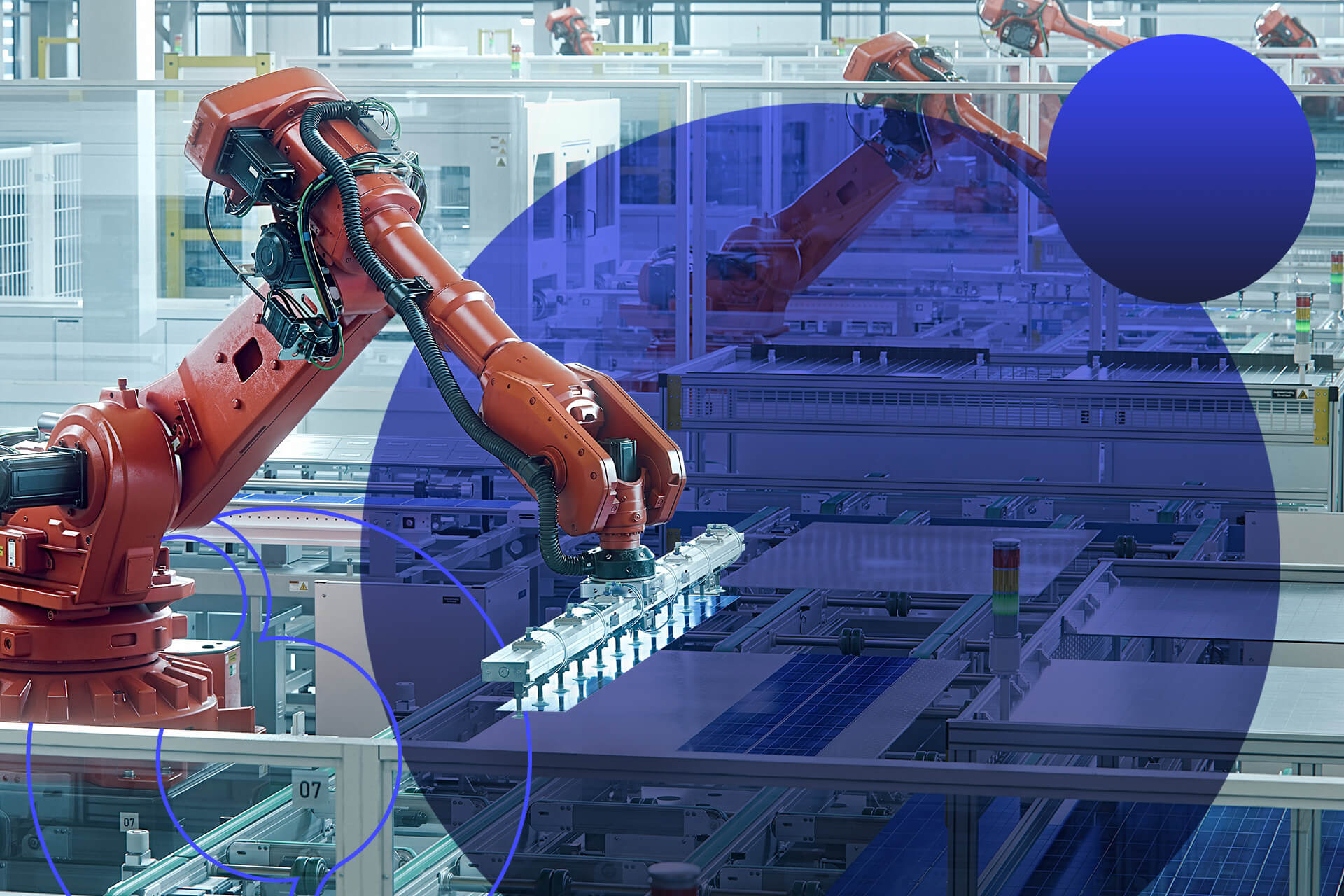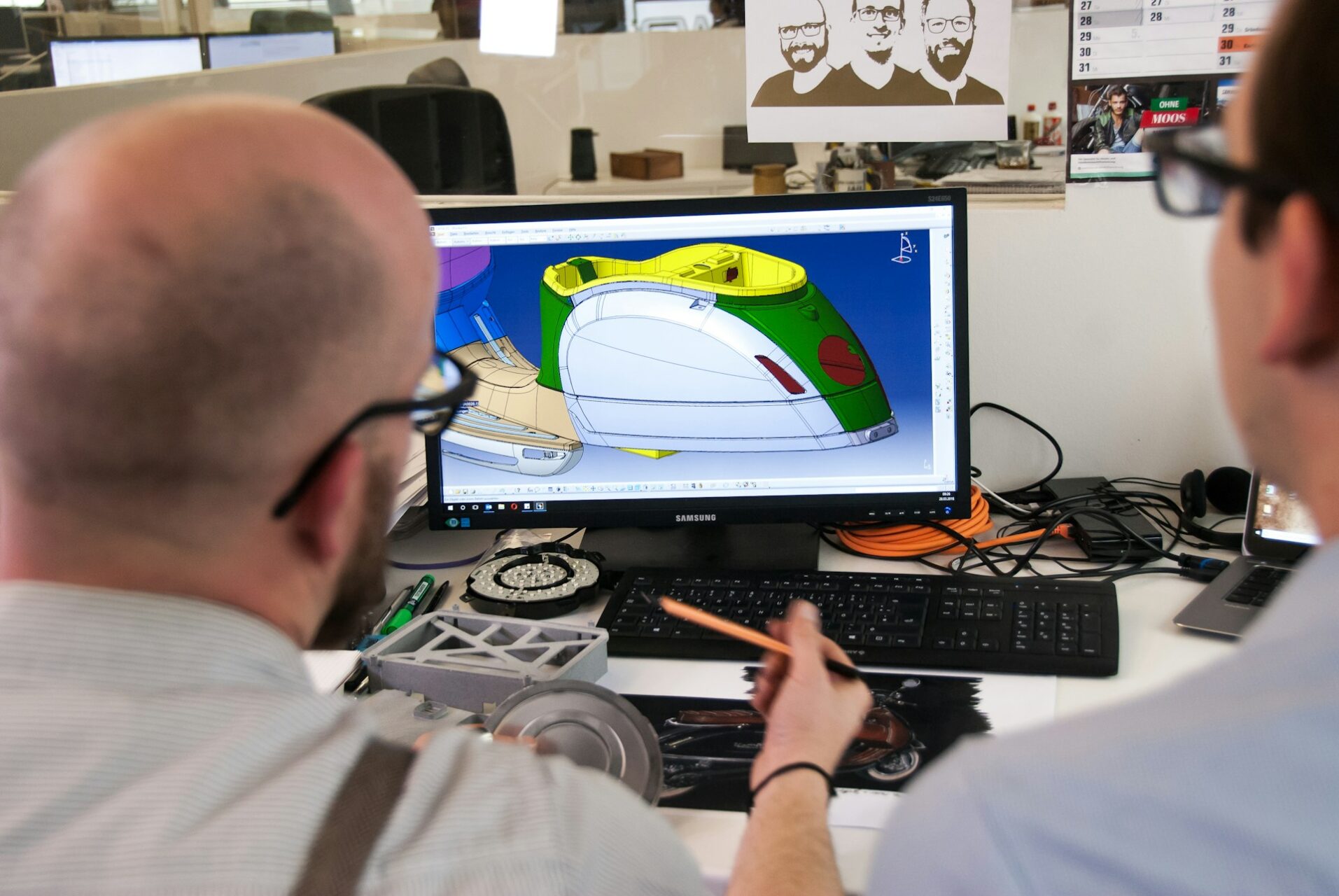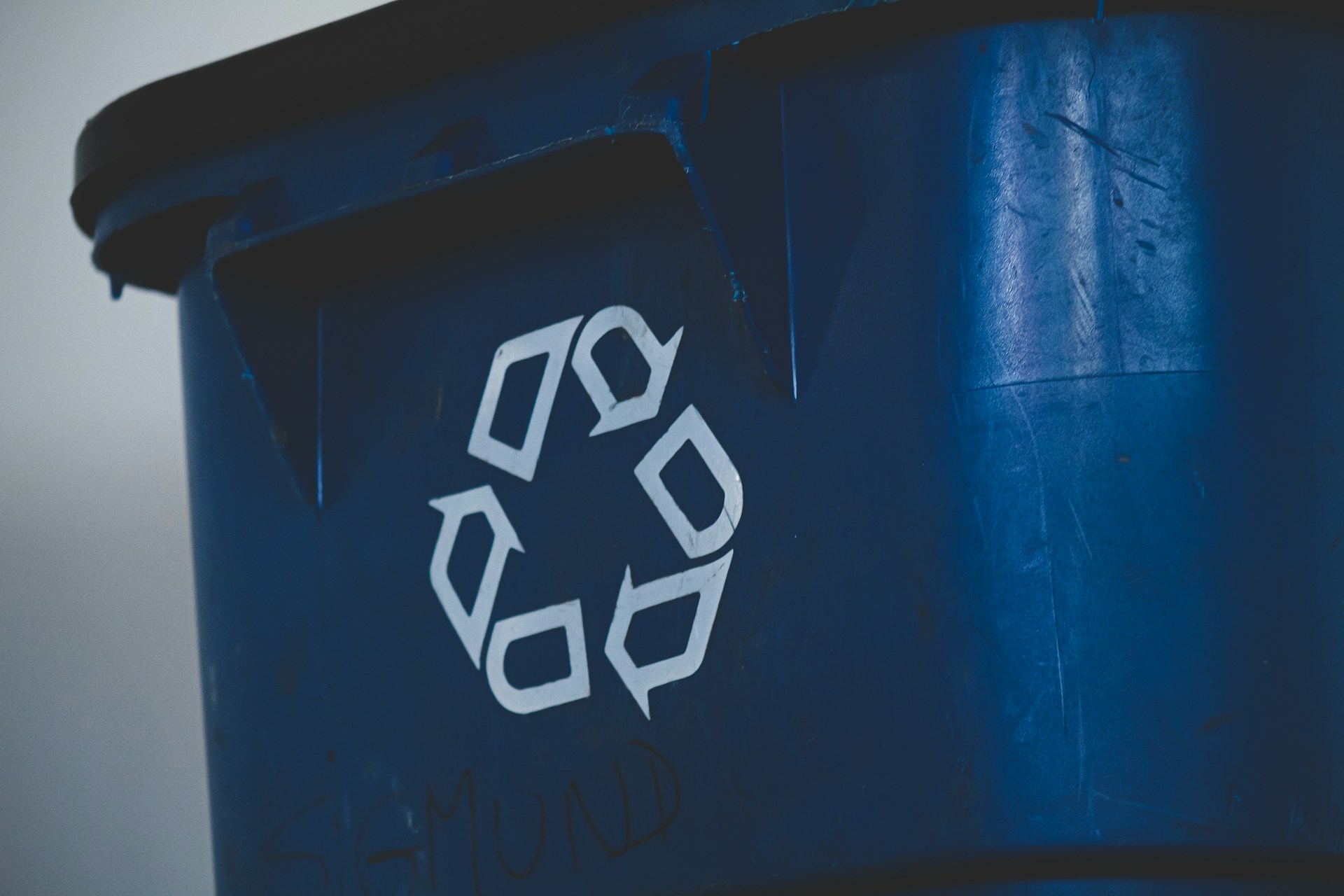
What Are The 4 Types of Manufacturing Processes?
August 9, 2022 - Ellie Gabel
Revolutionized is reader-supported. When you buy through links on our site, we may earn an affiliate commision. Learn more here.
The manufacturing industry is massive in the developed world. In the United States, the industry accounted for nearly 11% of the country’s GDP in 2020. Manufacturing companies employ more than 15 million people, which makes up 10% of the people employed in the US. Despite the massive size of the industry, we can break it down into four basic types of manufacturing processes:
- Casting and Molding
- Machining
- Joining
- Shearing and Forming
What exactly are these processes, and how are they implemented? Let’s take a deeper look.
Casting and Molding
Casting and molding are among the most popular of the four types of manufacturing processes, especially for plastic and glass. Injection molding, for example, melts plastic and forces it into 3D molds. Once the molten plastic cools, a completed item pops out of the mold. This practice is similar to material extrusion additive manufacturing, also known as 3D printing. Manufacturers don’t limit material extrusion to plastics, with printers emerging that can work with everything from concrete to molten glass and metal. Blow molding pushes compressed air through molten material to produce pipes or objects made from glass. Compression molding uses high pressure to mold materials such as rubber into shape. It’s a popular choice for tires in the automotive manufacturing industry.
Machining
Machining is the manufacturing process of choice for more delicate or detailed work. Companies break machining down into three primary categories: drilling, milling and turning.
As its name suggests, drilling uses sharp bits to drill holes in materials. The difficulty depends on the density of the material and the composition of the bit, but it is usually possible to drill into the most commonly used manufacturing materials. Milling uses a rotating tool, but instead of drilling a singular hole, the cutting tool can travel over the material’s surface, creating intricate or detailed patterns. On the other hand, turning rotates the machined part against a stationary cutting tool. This method is similar to turning a piece of wood on a lathe but is often computer-controlled rather than manually manipulated.
Machining techniques also include grinding, which uses sandpaper or other abrasive substances to smooth and polish surfaces or remove sharp edges leftover from other steps in the manufacturing process.
Joining
The next common of the four types of manufacturing processes is joining or the practice of binding two materials together. The most common form of joining is welding, but other forms exist. These include soldering in electrical manufacturing. It also includes brazing which uses a similar process to join two dissimilar metals and adhesive joining.
Joining is used in nearly every form of manufacturing because it allows companies to make individual components separately — or even source them from other sellers — before joining them together to make a final product. It adds steps to the manufacturing process, but it allows for creating more complex products without making the design or production process more complicated than it needs to be.
Shearing and Forming
At its simplest, shearing is cutting something into two or more pieces. It’s most effective when it works without using heat or causing chips along the edges. Cutting edges can be straight or curved, depending on the manufacturing needs. Shearing is a popular manufacturing process for metals, fabrics, paper, and plastic materials. Plates or sheets are the most common form of shearing manufacturing.
On the other hand, Forming uses high pressure and specific angles to bend materials into a specific shape. Manufacturers can use forming for metals or plastics, depending on the design of the finished product. Common types of forming include forging, rolling and extrusion, among others. Either hot or cold processes can form metal. Hot forming may require an extra annealing step to restore the strength of the metal. Cold forming requires extra power to achieve the same results without causing the metal to crack or deform.
Other Manufacturing Processes
In addition to the four most common manufacturing processes, companies can choose how they will set up the assembly line that creates these products. These processes include but aren’t limited to:
Repetitive Manufacturing
Companies that manufacture the same product year-round rely on repetitive manufacturing processes. These setups require very little alteration during the year but are flexible enough to increase or decrease speed to keep up with fluctuating customer demand. Repetitive manufacturing is ideal for assembly-line-style systems.
Discrete Manufacturing
Discrete manufacturing is also used for assembly lines, but instead of setting up a system to operate year-round, these processes are designed to be set up and torn down quickly. The time it takes to set up or tear down these assembly lines means that production can take longer, but it’s a great option for production lines where the final product can also be recycled at the end of its life.
Job Shop Manufacturing
We’re moving away from assembly lines with job shop manufacturing. These systems opt for production areas instead of assembly lines, making them ideal for small-batch products or made-to-order operations. It’s easy to convert a job shop manufacturing process to a discrete manufacturing line if demand rises and production needs to speed up.
Continuous Manufacturing
Continuous manufacturing processes are similar to repetitive manufacturing in that they run 24/7, but they don’t produce individual commercial products. Instead, these processes work to produce raw materials such as smelted metals or refined oils. They may also appear in the food industry to produce substances like peanut butter.
Batch Process Manufacturing
If the raw materials don’t have to meet a super strict standard, batch manufacturing processes can help keep things moving forward. Manufacturers can complete one batch at a time before cleaning the equipment and moving on to the next batch. Batch processes are an option to help support other manufacturing systems, especially ones that require a large number of raw materials to meet demands.
The Wide World of Manufacturing
This list might seem comprehensive, but it is by no means an exhaustive one. There are so many details that go into the manufacturing industry that it would take more space than we have to cover it all. The four primary manufacturing processes — shearing and forming, joining, casting and molding and machining — are simply the foundation for a wide and expansive industry.
Revolutionized is reader-supported. When you buy through links on our site, we may earn an affiliate commision. Learn more here.
Author
Ellie Gabel
Ellie Gabel is a science writer specializing in astronomy and environmental science and is the Associate Editor of Revolutionized. Ellie's love of science stems from reading Richard Dawkins books and her favorite science magazines as a child, where she fell in love with the experiments included in each edition.




